Value-Added Timber Products
- September 20, 2024
- 0 comment
In the timber industry, competition is intense, and relying solely on selling raw lumber often results in thin profit margins. To truly succeed, many sawmills are shifting towards value-added timber products and custom milling to differentiate themselves from competitors and meet the increasing demand for specialized, high-quality wood.
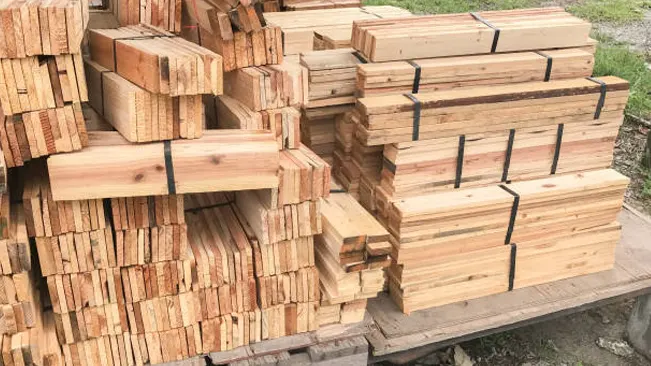
By processing raw timber into tailored products through advanced milling techniques, sawmills can unlock new markets, increase profitability, and create a more sustainable business model.
1. What Are Value-Added Timber Products?
Value-added timber products are those that have undergone additional processing or refinement beyond basic rough lumber. The goal of this processing is to increase the value and appeal of the wood to end users. These products can be tailored to specific customer requirements, making them more versatile and marketable than raw lumber.
For example, kiln-dried lumber is a value-added product because it has been processed to remove moisture, making it less likely to warp or shrink. Pressure-treated wood, another value-added timber product, has been treated with chemicals to resist rot and insects, making it ideal for outdoor use.
2. The Role of Custom Milling in Enhancing Timber Value
Custom milling is the process of cutting and shaping lumber to meet specific customer needs. Unlike standard processing, which often produces generic, standardized wood sizes, custom milling allows for unique and precise cuts that are suited for specialized projects. This customization can significantly increase the perceived value of the wood, as customers are willing to pay a premium for products that meet their exact specifications.
There are several benefits to custom milling:
- Tailored Dimensions: Custom milling allows you to produce lumber in specific dimensions that aren’t commonly found in mass production, meeting the needs of customers working on unique projects.
- Specialized Cuts:
Custom milling can produce specialty wood products like large beams, planks, or decorative profiles for mouldings, which have a higher market value than standard lumber. - Meeting Unique Demands:
Whether it’s a custom homebuilder looking for specialty wood or a furniture maker needing exact dimensions, custom milling gives your business the flexibility to meet diverse customer demands.
Custom milling also enables sawmills to target niche markets. Builders, high-end furniture manufacturers, and artisans often seek custom-milled wood for specialized projects, and these markets are willing to pay significantly more for timber that meets their exact needs.
3. Essential Value-Added Processing Techniques
Value-added processing involves several techniques that transform basic lumber into higher-quality products. These processes make timber more durable, visually appealing, or suited for specific applications. Here are some key processing techniques that can boost the value of your timber products:
Kiln Drying
Kiln drying removes moisture from the wood, reducing the likelihood of warping, cracking, or shrinking after the wood is sold. This process increases the stability of the wood, making it more desirable for construction and furniture projects, where precision and durability are key.

Pressure Treatment
Pressure-treated wood is infused with chemicals that protect it from decay and insect damage, making it ideal for outdoor applications like decks, fences, and playground equipment. The increased durability makes it a valuable product for customers working on long-lasting, outdoor projects.
Surface Finishing
Wood that is sanded, polished, or treated with protective coatings has a smoother finish and is visually more appealing. This is especially important for high-end products like flooring, cabinetry, or fine furniture, where the appearance of the wood is as important as its functionality.

By offering these additional processing options, you can provide customers with wood products that are ready to use for a variety of projects, eliminating the need for them to further refine or process the wood themselves.
4. Expanding Profitability Through Product Diversification
One of the key benefits of value-added timber products is that they allow you to diversify your product offerings, which can increase your revenue streams. By expanding beyond rough lumber, you can serve a broader range of markets and meet the needs of different types of customers.
Here are some value-added products that can expand your market reach:
Engineered Wood Products
Products like plywood, particleboard, and laminated veneer lumber (LVL) are created by bonding layers of wood together. These products are strong, uniform, and can be produced at a lower cost than solid wood, making them popular in construction and furniture manufacturing.
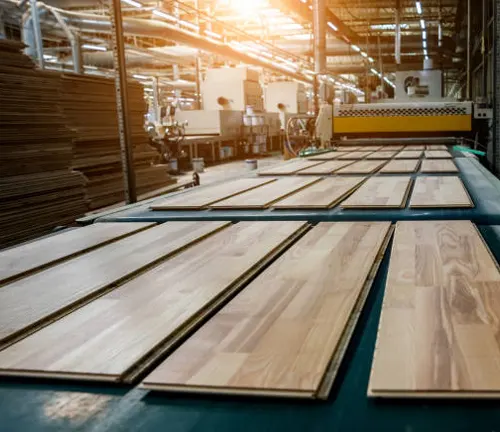
Custom-Milled Furniture Components
Offering pre-cut and shaped wood pieces for furniture manufacturing can attract high-end clients who want high-quality, custom-made parts for their projects. These pieces can include tabletops, legs, frames, and more.
Wood Paneling and Mouldings
Decorative wood products like paneling and moldings are highly sought after for interior finishing in residential and commercial projects. These products require precision and a high level of craftsmanship, allowing you to charge a premium.
By producing a diverse range of value-added products, you can cater to different segments of the market—construction companies, furniture makers, and home renovators—thereby increasing your overall profitability.
5. By-products as an Additional Revenue Stream
One of the most overlooked opportunities for increasing profit in a sawmill operation is the sale of by-products. When timber is milled, by-products such as sawdust, wood chips, and shavings are often produced in large quantities. Instead of discarding these materials, they can be turned into valuable products themselves.
Here are some ways to monetize your sawmill by-products:
Wood Pellets
Sawdust can be compressed into wood pellets, which are used as a renewable energy source in biomass boilers or pellet stoves. With the increasing demand for renewable energy, this is a growing market.

Mulch and Landscaping Material
Wood chips and bark can be sold to landscaping companies or directly to consumers for use in gardens and playgrounds.
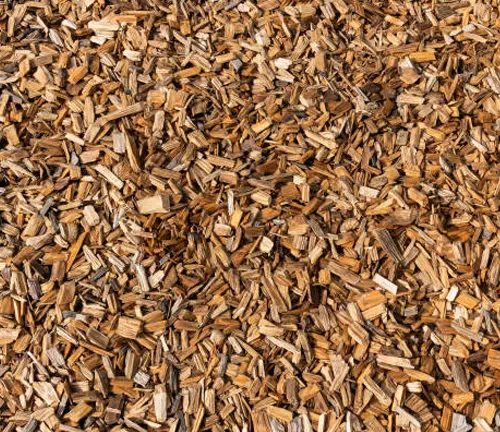
Animal Bedding
Wood shavings are often used as bedding for livestock and small animals. This is a niche product that is consistently in demand from farms and stables.
By making full use of every part of the timber, you can reduce waste while increasing your overall revenue.
6. Marketing and Selling Custom-Milled, Value-Added Timber Products
Once you’ve developed a diverse range of value-added timber products, it’s essential to market them effectively to reach the right customers.

- Identifying Target Markets: Focus on understanding the needs of your key customers—whether they are contractors, furniture makers, or eco-conscious consumers—and tailor your products to meet those needs.
- Branding and Eco-Friendly Practices: Highlighting your commitment to sustainability can be a strong selling point. Today’s consumers are increasingly looking for businesses that source wood responsibly and minimize their environmental impact.
- Customization as a Selling Point: Offering custom-milled timber is a significant advantage. Emphasize the flexibility and personalization that you offer, which sets you apart from competitors selling standardized products.
- Distribution Channels: Make use of both traditional and digital sales channels. Attend local trade fairs, partner with construction companies, and consider selling online through an e-commerce site to reach a broader audience.
8. Overcoming Challenges in Custom Milling and Processing
Custom milling and value-added processing come with their own set of challenges. Here are some common obstacles and how to overcome them:
Investment in Equipment
Custom milling requires specialized equipment, which can be expensive. However, the increased profitability often outweighs the initial investment.
Skilled Labor
Hiring experienced sawyers and machine operators is critical to ensuring high-quality custom products. Offering competitive wages and ongoing training can help retain skilled workers.
Quality Control
Ensuring consistency across custom orders can be difficult. Implementing strict quality control measures and keeping detailed records of customer specifications can help ensure satisfaction.
9. Long-Term Benefits of Investing in Value-Added Products
Offering value-added products is a great way to not only increase your profit margins but also set your business up for long-term success. With custom milling, you can charge more for your products since they’re tailored to what customers want.
Plus, by offering that personal touch and unique options, you’ll build stronger relationships with your clients. And the best part? These products can help you break into new, high-end markets that you might not have been able to reach before.
Conclusion
Investing in value-added timber products and custom milling can significantly boost your profitability and help you build a sustainable sawmill business. By diversifying your product offerings, making use of by-products, and targeting niche markets, you can create a more resilient and profitable operation.
Embrace the growing demand for specialized wood products and position your sawmill for long-term success in the ever-evolving timber industry.
Frequently Asked Questions (FAQ’s)
- What are value-added timber products?
Value-added timber products are wood items that have been processed or refined to increase their quality and market value. - What is custom milling?
Custom milling involves cutting and shaping lumber to meet specific customer needs or project requirements. - Why are value-added timber products more profitable?
They are more profitable because they offer higher quality, durability, and customization, allowing businesses to charge premium prices. - What equipment is needed for custom milling?
Custom milling typically requires specialized sawmills, kilns for drying, and other equipment like edgers and planers for precise cutting. - What are examples of value-added timber products?
Examples include kiln-dried lumber, pressure-treated wood, wood paneling, and engineered wood products like plywood. - How can I find customers for custom-milled products?
You can find customers by targeting contractors, furniture makers, home renovators, and eco-conscious consumers, and marketing online or at trade shows. - Is custom milling suitable for small sawmills?
Yes, custom milling can be scaled to fit small operations, offering niche products that cater to specific market needs. - What is kiln drying, and why is it important?
Kiln drying removes moisture from wood, preventing warping or cracking, which makes it more durable and stable for various applications. - How can sawmill by-products increase profitability?
By-products like sawdust, wood chips, and bark can be sold as mulch, wood pellets, or animal bedding, creating additional income streams. - What are the challenges of custom milling?
Challenges include the need for specialized equipment, skilled labor, and ensuring consistent quality across custom orders.

Jordan Blake
Forestry AuthorJordan Blake is a forestry expert with over 15 years of experience in arboriculture and community education. Passionate about sustainable forest management, Jordan regularly writes for Forestry.com and Tree Care Magazine. Holding certifications in tree health assessments and urban forestry management, Jordan conducts workshops to educate the public on sustainable practices. Jordan has a degree in Environmental Science and enjoys hiking and photography in their free time.


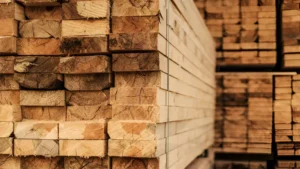



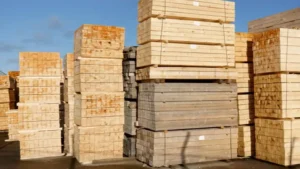
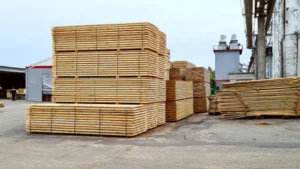
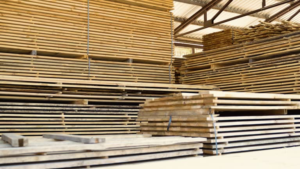



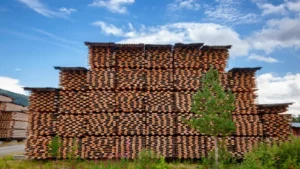
Leave your comment